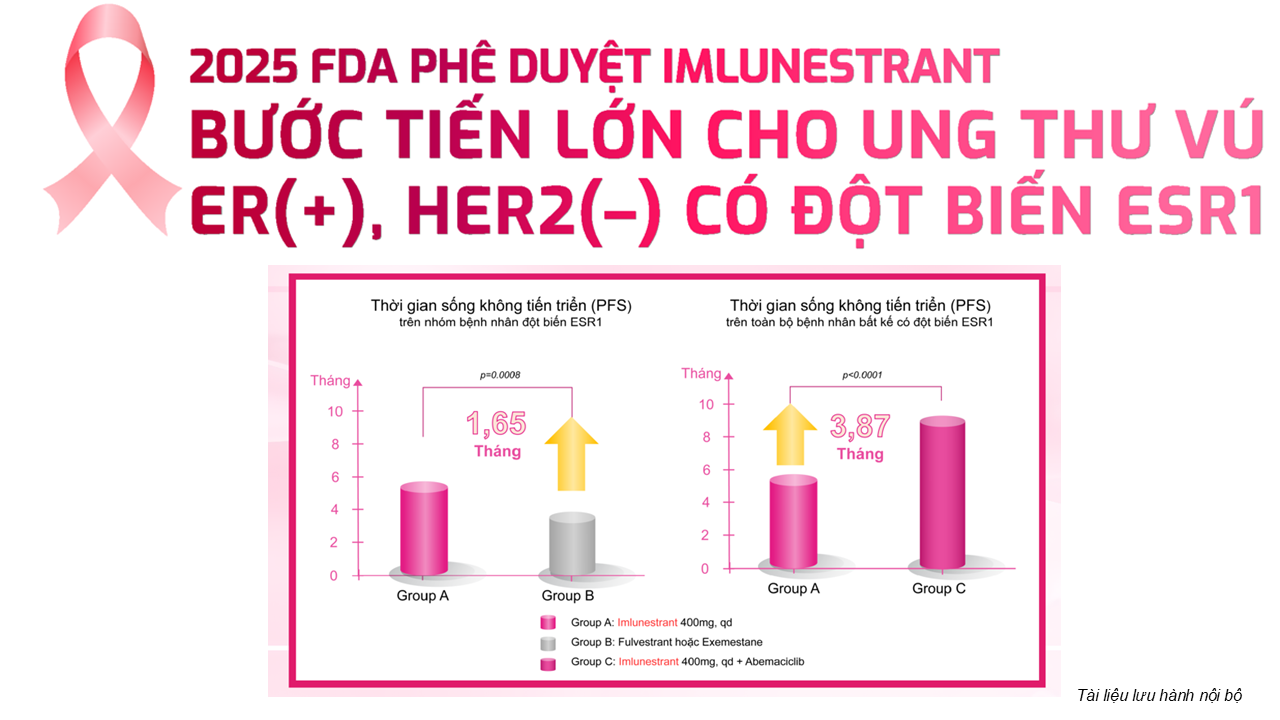Blood Pressure Medication May Help Slow Aggressive Brain Cancer
Hydralazine has been used for over 70 years to treat hypertension, especially in cases of severe hypertension and preeclampsia. However, until recently, scientists did not fully understand how it worked. This lack of understanding is not uncommon; research shows that 10-20% of medications have unknown mechanisms of action. A recent study conducted at the University of Pennsylvania revealed that hydralazine can effectively stop the growth of glioblastoma, an aggressive brain tumor. This study not only clarified the mechanism of action for hydralazine but also opened new possibilities for treatments for both preeclampsia and brain cancer.
The Importance of Understanding the Medication’s Mechanism of Action
Hydralazine is an older medication used to lower high blood pressure. It acts as a vasodilator, meaning it works by widening blood vessels and improving blood flow. It is commonly used to manage preeclampsia, a high blood pressure condition associated with pregnancy. If left untreated, preeclampsia can lead to organ damage and pose serious risks to both the pregnant individual and their baby.
Despite decades of use, the precise mechanism of how hydralazine functions remained unclear until now. Understanding a drug’s mechanism of action is crucial as it provides insights into potential side effects, helps identify which patients might benefit based on genetic factors, and uncovers potential new uses for the medication. To uncover how hydralazine works, researchers created a modified version of the drug, called HYZyne. This probe behaved like hydralazine and featured a “tag” that allowed scientists to see which proteins it interacted with inside cells.
Beyond the Treatment: Hydralazine’s Potential for Brain Cancer
After treating cells with HYZyne, researchers found that it only tagged a limited number of proteins, with an enzyme called 2-aminoethanethiol dioxygenase (ADO) being particularly significant. ADO functions to detect oxygen and regulates blood pressure by controlling proteins that help relax blood vessels. When ADO is blocked, blood vessels remain relaxed, causing blood pressure to decrease. The discovery that hydralazine works by inhibiting ADO is crucial, as ADO has been previously linked to glioblastoma.
Patients diagnosed with glioblastoma typically have a life expectancy of only 12 to 18 months, and the five-year survival rate is around 5%. Current treatment options include surgery, radiotherapy, and chemotherapy. According to researchers, glioblastoma cells often rely on high ADO activity for survival and growth. When cancer cells were treated with hydralazine, they entered a process known as “senescence.” While senescence does not kill the cancer cells, it significantly slows their growth, and the researchers noted that a single dose of hydralazine could keep the cells in this paused state for days. Further research on hydralazine and its effects on glioblastoma is necessary, but the findings suggest that ADO-blocking drugs could eventually become a treatment option.
A Novel Approach to Treating Brain Cancer
Dr. Walavan Sivakumar, a board-certified neurosurgeon and director of neurosurgery at Providence Little Company of Mary, commented on the findings in an interview with Medical News Today. “This is a very elegant piece of science,” said Sivakumar, who was not involved in the study. “The authors have finally clarified how hydralazine works at the molecular level and, in doing so, uncovered a completely new vulnerability in aggressive brain tumors.” He noted that the researchers managed to push glioblastoma cells into a "sleep mode" instead of destroying them, representing a fundamentally different approach to treating brain cancer.
Although Dr. Sivakumar emphasized that the findings are still in the preclinical stage and won’t have an immediate impact on glioblastoma treatment, he pointed out that hydralazine is appealing due to its long history of safety, global availability, and low cost. In the field of neuro-oncology, where many therapies are expensive, toxic, and difficult to access, the concept of using a low-cost, generic medication to potentially slow glioblastoma is extremely attractive.
Dr. Nicholas Klaiber, an Eastern Virginia Medical School graduate, also spoke with Medical News Today about the findings. While not involved in the research, Klaiber described the study as “scientifically rigorous.” He found the data compelling but remained uncertain about the future use of hydralazine in treating glioblastoma. “The challenge with simply inducing senescence (dormancy) is that continuous therapy would be necessary to suppress tumor growth,” he explained.
Source
MedicalNewsToday
Bài viết liên quan






